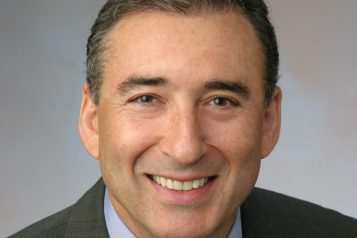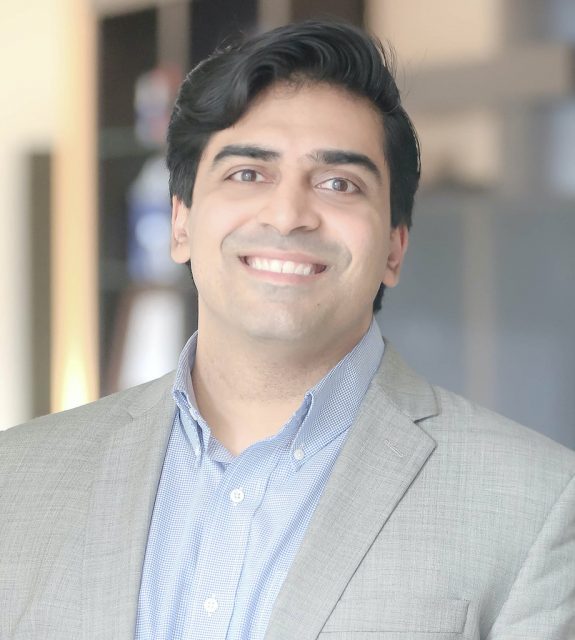Dr. Jeffrey Lee completed a fellowship in the Plastic Surgery Research Lab where he published numerous book chapters and journal articles. He also traveled extensively giving presentations at the national and international level advancing the field of plastic surgery. From there, he was accepted to the Harvard Plastic Surgery Combined Residency Program where he further refined his surgical skills in all aspects of plastic surgery. Dr. Lee then completed his training as the fellow in Craniofacial Reconstructive and Aesthetic Surgery at Massachusetts General Hospital. Breast surgery is by far the most commonly performed aesthetic surgery in the world. Whatever the goal, Dr. Lee will make an accurate assessment and then formulate a safe, customized plan just for you.
 Photo Credit: Shutterstock
Photo Credit: Shutterstock
HB: What types of surgical options do you offer when it comes to different types of breast augmentations?
When it comes to breast augmentation there are several different options. The major decisions that I make with my patients include incision placement, type of implant, implant size, and implant placement. The different incisions that are common are around the nipple, along the breast fold, or in the underarm. I most commonly recommend the breast fold incision because it really hides the best and it allows me to place the implant without cutting through the breast tissue which is necessary with the nipple incision. Of all 3 incision types, I like the underarm incision the least because it actually be fairly visible if you’re wearing anything without sleeves. I often hear from patients that if they are wearing a sleeveless dress or a bathing suit, people often ask about the scars because they can be quite visible. The other disadvantage is that in many situations, I cannot reuse the same incision in future breast implant surgery and patients typically require another incision if I need to replace or remove the existing implants.
The 2nd decision is implant type which can be an overwhelming process because there are so many different types. I most commonly use one brand of implants and within that brand, there are saline/silicone and different profile types. Just about everyone chooses a silicone implant because it looks and feels the most natural. It also has a lower risk of rippling which can be unsightly and unnatural. The type of breast that patients desire these days are a more perky breast contour as opposed to the large and wide breast that was popular in the 80s and 90s. For that reason, I typically recommend a full profile implant which gives a really nice contour while still appearing very natural.
Implant size is largely a personal choice and during the consultation, patients are able to size themselves and see what they like. I typically recommend trying on implants until they feel it is too big for them so that at least they know what is too big. The other consideration when it comes to size is that sometimes patients want an implant that is either too big for their frame, or too big for their breast. In either scenario, I will give patients my honest opinion of whether an implant looks natural or not. In addition, I always tell my patients that if the implant ends up being too big for their breast and I think it is unsafe to put that size in, I will downsize them to the point where I feel it is safe. I always need that freedom as a surgeon and as a doctor to do what I think is safe and to avoid any unnecessary risk.
The last major decision is implant placement which includes under the muscle or over the muscle (subfascial). Most patients decide to go under the muscle because it gives a more natural look as the muscle helps transition the breast contour between the chest and the breast. The downside of going under the muscle is that the patients will see some movement of their breast implants when their muscle moves. This is not a concern for most people but it can be a problem for people who are fitness competitors. Since fitness competitors are flexing their muscles while being looked at very closely by spectators and judges, these patients typically do not want any movement of their breast during muscle contractions. Outside of this group of patients, just about everyone else ends up going under the muscle.
HB: How do each of the breast augmentation procedures work?
Each procedure is custom to each patient. We make these decisions together and my job as a plastic surgeon is to educate my patients as much as possible so that they make the most informed decision. Once the decisions have been made, the actual surgery and recovery is just about the same for everyone.
HB: What is recovery like?
Recovery for breast implant surgery under the muscle is typically about 4 days of discomfort followed by soreness for 1-2 weeks. Patients are often just taking Tylenol after the first 4 days and are largely back to their normal lives with some activity restrictions. Going over the muscle is typically a little bit easier of a recovery.
 Photo Credit: Shutterstock
Photo Credit: Shutterstock
HB: What is the average cost of each?
The average cost of breast augmentation is typically around $7000 - $8500 with most people falling somewhere in the middle of this range. In the case of a thin patient wanting to go over the muscle, I typically recommend a slightly higher fill implant to reduce the risk of rippling and those cost about $1000 more for the pair.
For more information, visit Dr. Jeffrey Lee's social media:





















